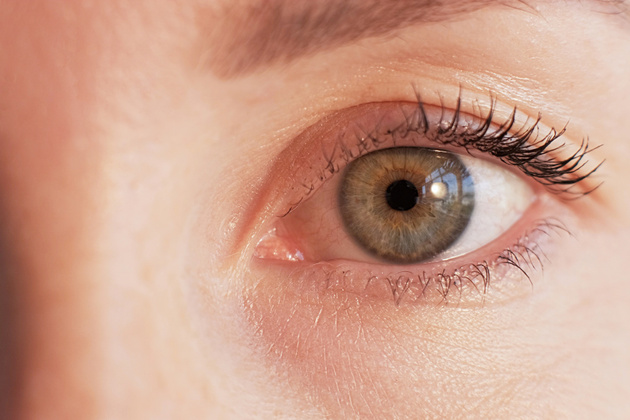Laser surgeries for vision defects
Success rates in eye defect surgeries performed with laser technology are increasing day by day due to developing technology. Stating that laser applications are used to correct myopia, hyperopia and astigmatism, Anadolu Health Center Ophthalmology Specialist Op. Dr. Yusuf Avni Yılmaz said, “These treatments cannot be applied to every patient. First of all, it should be determined which patient it should not be applied to. “Laser should not be applied to patients whose corneal structure is thin, irregular, who have degenerative corneal disease, who have a scar on their cornea, who have any eye disease other than refractive error, whose refractive error is still variable, and who are under a certain age,” he explained. Kiss. Dr. Yusuf Avni Yılmaz answered questions about laser treatment.

How long has laser technology been around?
Attempts to correct eye defects actually began in the late 1800s, and today’s laser applications began in the first half of the 1980s. However, technology has gradually improved; There are big differences between the technologies used in the beginning and those used today. With developing technology, success rates are increasing day by day and the complication rate is decreasing.
In which eye defects is it applied?
Laser applications are used to correct myopia, hyperopia and astigmatism.
Does it apply to everyone? Are there any situations where it does not apply?
These treatments are not applied to every patient. Laser should not be applied to patients whose corneal structure is thin, irregular, who have degenerative corneal disease, who have a scar on their cornea, who have any eye disease other than refractive error (uveitis, glaucoma, retinal pathologies, etc.), whose refractive error is still variable, and who are under a certain age.
How successful is the treatment?
If the appropriate patient is selected and applied, the success rate is quite high.
How does the method work?
The application of the method does not take long, but before applying it, the suitability or unsuitability must be tested with a detailed eye examination.
Are there any things patients should pay attention to after the procedure? When will they return to their normal lives?
Depending on the type of surgery, you can return to your normal routine between 1 day and 1 week. After the surgery, as in all eye surgeries, attention should be paid to hygiene. Especially after laser operations with flaps (Lasik), it is necessary not to rub or scratch the eyes. Vision recovery also varies depending on the method of surgery. While good vision can be achieved the next day after Lasik surgery, it may take between 1 week and several months for vision to improve after operations performed with the PRK method.




Comments are closed.